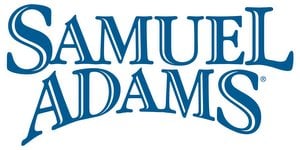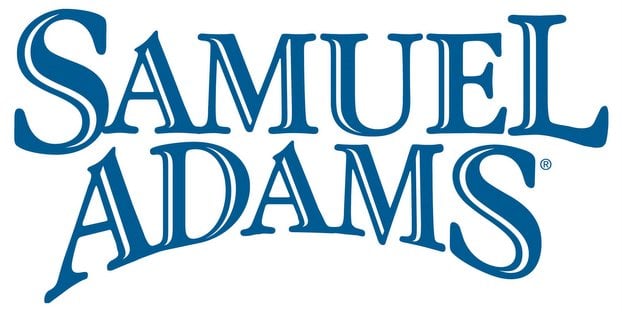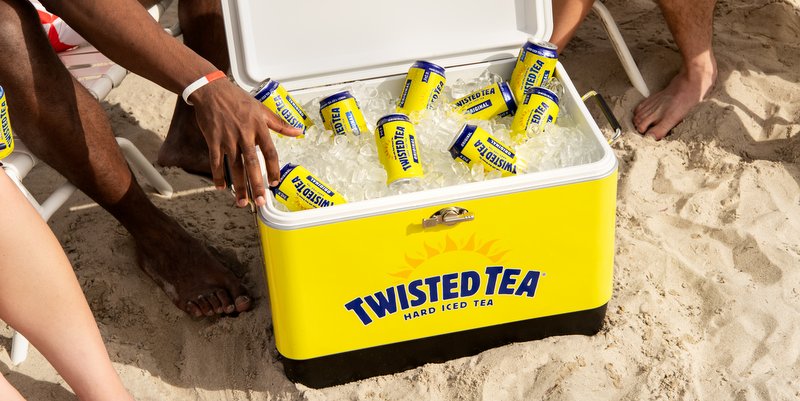The Boston Beer Co. reported second quarter 2013 net revenue of $181.3 million, an increase of $33.8 million, or 23 percent, over the prior-year period, mainly due to core shipment growth of 21 percent. Net income for the second quarter was $19.7 million, or $1.45 per diluted share, an increase of $5.4 million or $0.39 per diluted share from the second quarter of 2012. This increase was primarily due to shipment increases, partially offset by increased investments in advertising, promotional and selling expenses, which increased by a combined $9.1 million or 21 percent in the quarter.

The first half numbers from 2013 also top those from a year ago. Net revenue for the 26-week period was $317.3 million, an increase of $56.5 million, or 22 percent, from the comparable 26-week period in 2012. Full year 2013 capital spending is now estimated to be between $100 million to $140 million, an increase from the previously communicated estimate of $85 million to $105 million.
“We achieved depletions growth of 24 percent and record total depletions in the second quarter,” said Jim Koch, chairman and founder. “Depletions growth in the second quarter improved from our first quarter results of 16 percent, primarily due to the improved growth of our Samuel Adams Seasonal program and our Samuel Adams Boston Lager. We believe that our depletions growth is attributable to strong sales execution and support from our wholesalers and retailers as well as our great quality beers and strong brands.”
Full-year 2013 depletions growth is now estimated to be between 17 percent and 22 percent, an increase from the previously communicated estimate of 10 percent to 15 percent. The depletion numbers were also aided by the national roll out of its Angry Orchard brand.
“We are increasing our planned investment in our sales force and our support behind our brands for the remainder of the year,” said Martin Roper, the company’s president and chief executive officer. “We also continue to invest at a high rate in capital improvements in our brewing and packaging capabilities to support our product innovation and brand growth. These improvements include our new can line that began production this quarter and a new bottling line which started initial ramp-up late in the quarter.”
These growth numbers have not been without pain though, Roper noted there were some product shortages and service issues at the end of the quarter.
“We have been operating at capacity during peak weeks and have increased our usage of third-party breweries above plan during the quarter as a reaction, but were unable to meet peak week demand,” Roper said. “We expect the new bottling line will help relieve these pressures, as it comes up to speed during the third quarter. Based on the accelerated growth and to address current capacity bottlenecks, we anticipate accelerating capacity and efficiency improvements at our breweries and accordingly are raising our capital spend expectations for 2013 and 2014. We also expect a continued high level of brand investment as we pursue growth and innovation. We are prepared to forsake the earnings that may be lost as a result of these investments in the short term, as we pursue long-term profitable growth.”
Alchemy & Science, the company’s craft brew incubator, continues to progress with its existing brands, which include the Angel City Brewery, Traveler Beer Co. and the Just Beer Project. The latest 2013 financial projection includes estimated brand investments attributable to existing Alchemy & Science projects of between $4 million and $6 million and capital investments of between $4 million and $7 million, but these estimates could change significantly when new brands are added.
Sam Adams currently has 120 wholesalers representing more than 65 percent of the company’s volume in its Freshest Beer Program and believes this could reach 75 percent by the end of 2013.
Core shipment volume was approximately 837,000 barrels (bbls), a 21 percent increase compared to the second quarter of 2012. Price increases per barrel of approximately 1 percent are expected to partially offset anticipated ingredients, packaging, freight and processing cost pressures.



Leave a Reply
You must be logged in to post a comment.